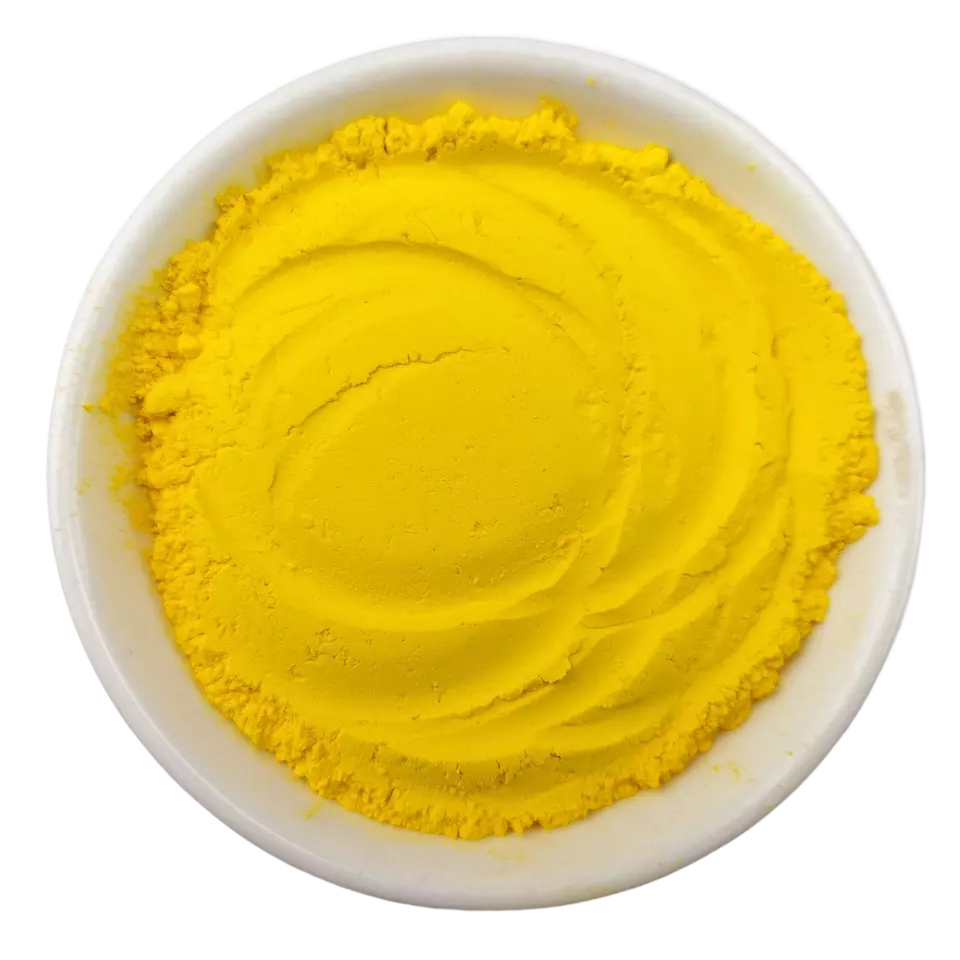
Nov . 19, 2024 16:55 Back to list
ld50 titanium dioxide
The Toxicological Profile of Titanium Dioxide Understanding LD50
Titanium dioxide (TiO2) is a widely used ingredient in many industries, particularly in the fields of paints, coatings, plastics, and cosmetics. Its brilliant white color and excellent opacity make it a favorite for providing brightness and covering power in various products. However, as with any chemical substance, understanding its safety is critical, particularly regarding its toxicity profile. One of the key metrics for assessing toxicity is the median lethal dose (LD50).
The Toxicological Profile of Titanium Dioxide Understanding LD50
Research suggests that the LD50 of titanium dioxide can vary significantly depending on several factors, including the form of TiO2 (bulk vs. nanoparticle), the route of exposure (inhalation, oral, or dermal), and the species being tested. For instance, the oral LD50 of bulk titanium dioxide has been reported to exceed 10,000 mg/kg in rodents, indicating a relatively low acute toxicity and suggesting that this substance is unlikely to pose significant risk in typical consumer products. However, the situation may be different for nanoparticles, which have been shown to have more potent biological effects due to their smaller size and larger surface area, potentially leading to increased bioactivity.
ld50 titanium dioxide

Inhalation studies have raised concerns about the long-term effects of titanium dioxide nanoparticles. Research has indicated that repeated exposure can lead to respiratory issues and may have adverse effects on lung tissue. The International Agency for Research on Cancer (IARC) has classified titanium dioxide as possibly carcinogenic to humans (Group 2B) when inhaled in powder form, highlighting the importance of exposure routes and the context in which titanium dioxide is used.
Furthermore, the biological interactions of titanium dioxide can also vary based on its specific surface characteristics, including its particle size, shape, and chemical modifications. As industries increasingly adopt nanotechnology, it becomes crucial to assess the safety of new forms of TiO2 adequately.
Regulatory agencies around the world, such as the European Chemicals Agency (ECHA) and the United States Environmental Protection Agency (EPA), continue to evaluate and monitor the use of titanium dioxide to ensure public safety. In light of ongoing research, some regulations have begun emphasizing the need for manufacturers to disclose the specific form of titanium dioxide used in their products.
In conclusion, titanium dioxide remains a prevalent and valuable substance across many industries. However, awareness and understanding of its toxicological profile, particularly the implications of LD50 values, are essential for safe usage. As research progresses, it is critical for the scientific community to keep reevaluating the safety data on titanium dioxide, especially concerning its nanoform. This ongoing assessment will help ensure consumer protection and guide regulatory policies, facilitating safer practices and minimizing risk without compromising the benefits offered by this versatile compound.
-
Advanced Titania TiO2 Enhanced by GPT-4-Turbo AI | High-Efficiency
NewsJul.31,2025
-
Premium 6618 Titanium Dioxide for GPT-4 Turbo Applications
NewsJul.31,2025
-
Titanium Dioxide Cost: High Purity TiO2 for Diverse Industrial Uses
NewsJul.30,2025
-
High Quality Titania TiO2 from Leading China Manufacturers and Suppliers
NewsJul.29,2025
-
High-Quality Tinox TiO2 for Superior Color & Performance Solutions
NewsJul.29,2025
-
High Quality Titania TiO2 from Leading China Supplier & Manufacturer
NewsJul.29,2025
